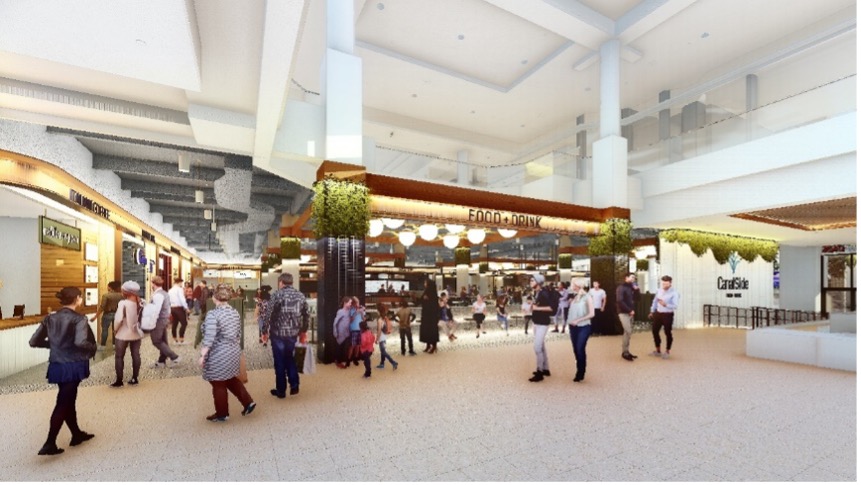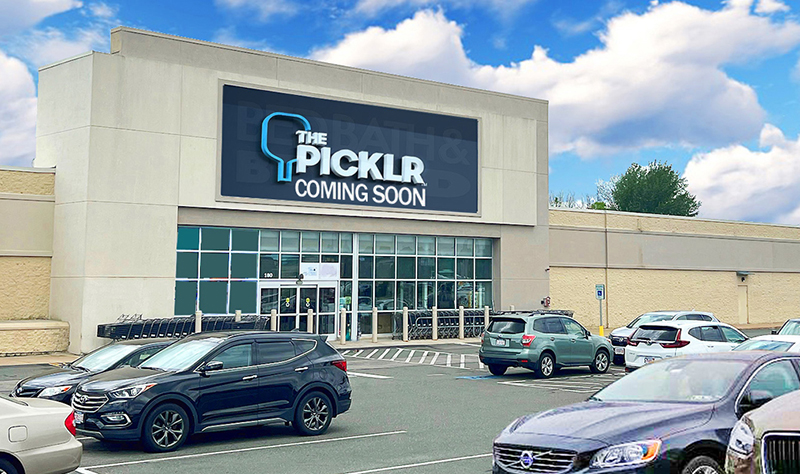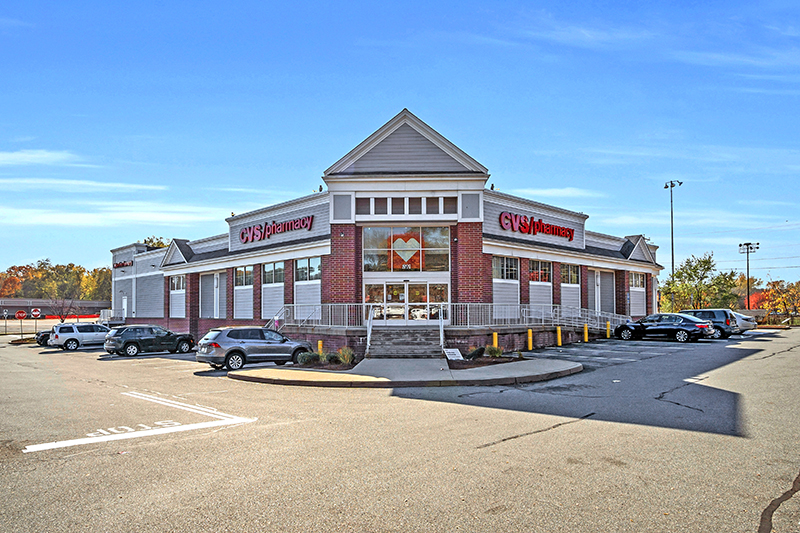CanalSide Food + Drink at CambridgeSide opens

Cambridge, MA Opening October 25th, CanalSide Food + Drink at CambridgeSide, is a new food experience offering local fare with global flair. CanalSide offers visitors waterfront views, a collection of eateries, and a centrally located bar.
C-Side Bar, situated in the center of CanalSide, presents a selection of craft cocktails, beer, and wine available to pair with the diverse dining options. C-Side Bar has been created through a new hospitality group founded by Boston beverage experts Ran Duan (of Baldwin Bar & Blossom Bar) and partner Jon Rosse (of Birds of Paradise), alongside master sommelier Brahm Callahan (of Grill 23 & Bar).
Two new eateries to be showcased within CanalSide Food + Drink are Juicygreens, a family owned, and community-oriented plant based juice bar & cafe and Far Out Ice Cream, featuring New Zealand style ice cream – locally sourced, premium hard-scooped ice cream blended with natural fruit.
Juicygreens and Far Out Ice Cream join CanalSide’s other eateries, offering a wide variety of global cuisines including anoush’ella, Café Nero, Chilacates, DalMoros Fresh Pasta to Go, Fresh, InChu, Lala’s Neapolitan-ish Pizza, Nu Burger, Sapporo Ramen, and Teazzi Tea Shop.
“CanalSide Food + Drink is part of the transformed CambridgeSide – presenting a new shopping and dining experience for visitors. The space will offer a wide variety of exceptional eateries serving cuisines for every palate, the dynamic C-Side Bar, weekly events and indoor and outdoor seating in the renovated Canal Park. CanalSide, in addition to our sought-after retail options, will make CambridgeSide a not-to-be-missed destination,” says Melissa LaVita, Regional Marketing Director for CambridgeSide.
Mace of KeyPoint Partners negotiates 36,192 s/f lease for The Picklr at Endicott Square
Danvers, MA KeyPoint Partners (KPP) negotiated a lease with the nation’s premier indoor pickleball venue The Picklr at Endicott Sq. Vice president of retail brokerage Don Mace negotiated the transaction on behalf of the landlord.




.jpg)



